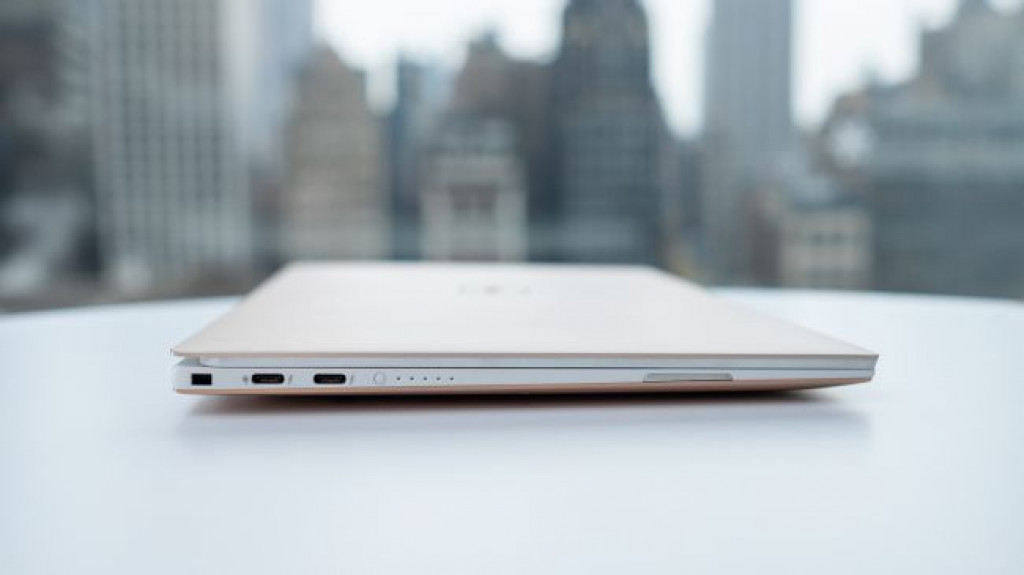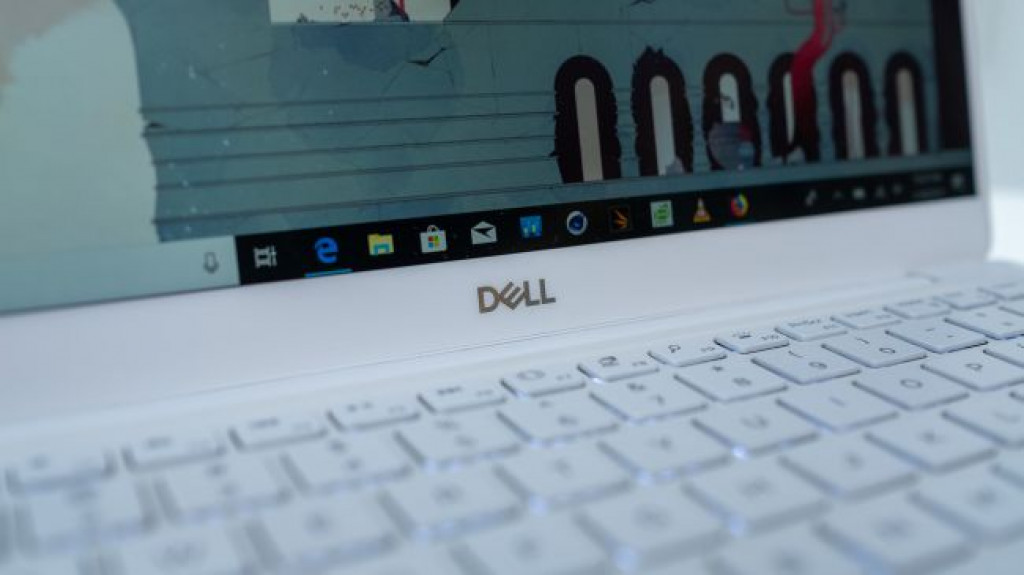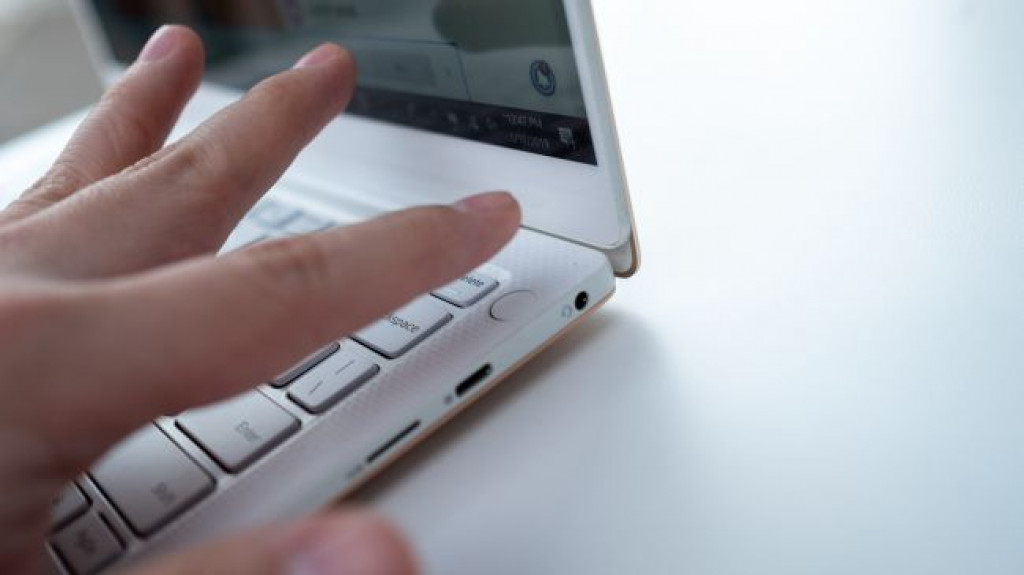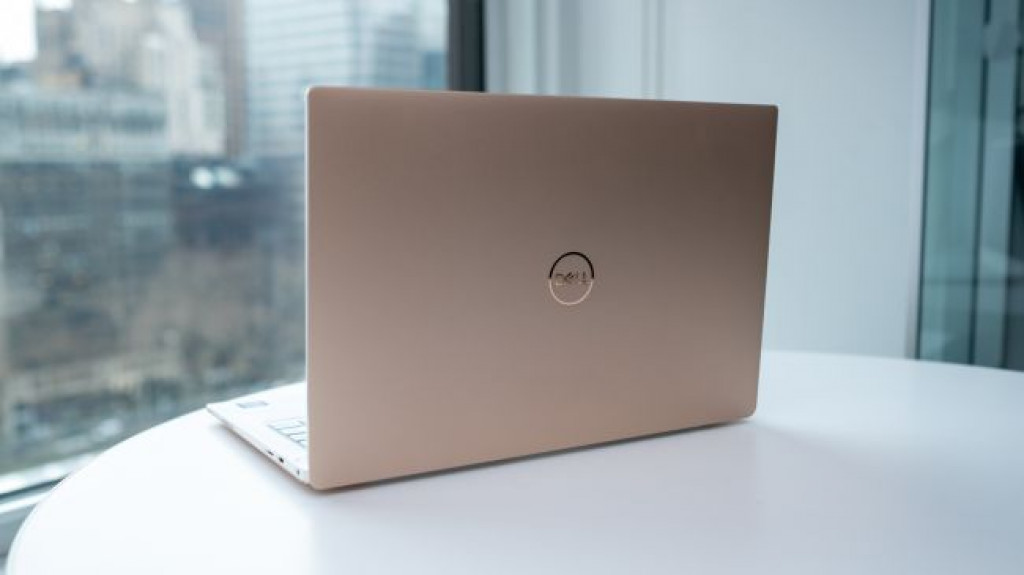
OUR VERDICT
With its finally-improved webcam and longer battery life, the Dell XPS 13 may not be our ‘Best in Class’ laptop of 2019, but it remains among the very best the world over.
FOR
- Webcam now above display
- Big battery life boost
- Updated processors
- New Frost color option
AGAINST
- Otherwise tiny update
The Dell XPS 13 is back for the new year, and it’s a true return to form. The 2019 Dell XPS 13 finally fixes the biggest bugbear: the awkward camera placement, and also extends battery life.
However, beyond these improvements, the Dell XPS 13 isn’t much different than its predecessors, continuing the lineage of one of the best laptops ever made. This time around, though, the high-end Ultrabook scene has drastically changed. So, the Dell XPS 13’s place at the podium has shifted ever so slightly, thanks to tough competition from the likes of Asus and Huawei.
So, the Dell XPS 13 2019 isn’t the best laptop in the world anymore, but it’s still one of the top laptops to beat right now.

Price and availability
Dell wants $899 for the starting configuration of the XPS 13 in the US – just like last time. This price nets you an 8th-generation Intel Core i3 processor, 4GB of 2,133MHz DDR3 memory and a 128GB PCIe SSD beneath a 13.3-inch Full HD (1920 x 1080) InfinityEdge display.
There are three more models on offer, topping out with an 8th-generation quad-core Intel Core i7 CPU, 16GB of RAM and a 2TB PCIe SSD – all behind a beautiful 4K (3,840 x 2,160) touch display. But, you’ll be paying a whopping $2,609 for this model.
All configurations are available in Dell’s three colors: silver-on-black, rose gold-on-white and a brand-new frost-on-white scheme. The model you see configured here would cost a cool $2,549.
UK buyers will find the Dell XPS 13 starting at £1,379, with an Intel Core i5 CPU, 8GB of RAM and a 256GB SSD behind a 4K touch display. Australian readers will find the Dell XPS 13 starting at AU$2,299 with the same internals and a Full HD display.
There are plenty of different configuration options for the XPS 13, but there are more for US customers than those in the UK and Australia. But, higher storage options are locked behind some high price hikes. But, that doesn’t change the fact that the Dell XPS 13 is still competitive with similarly priced rivals – save for the mind-blowing value of the flagship Huawei MateBook X Pro, especially at the high end.

Design and display
At first glance, the Dell XPS 13 looks identical to last year’s model, and that’s largely the case here. However, Dell didn’t simply take an ‘if it ain’t broke’ approach this year, but finally solved the laptop’s most glaring design flaw: the webcam is finally above the display.
Dell is quite proud of its new 2.25mm webcam, two years in the making, which is not only small enough to fit above the display, but uses a 720p widescreen sensor paired with four far-field microphones for activating Cortana or Alexa from a distance.
The webcam probably won’t blow your mind, but we appreciate the wider frame for capturing co-workers or friends beside us more easily. Taking 0.9 megapixel stills and 720p video, you’ll look find in meetings, just don’t expect Twitch broadcaster quality here.
Elsewhere, the build quality and design language are the same as before. The laptop is just as thin and light as last year at 0.46 inches (11.6mm) and 2.7 pounds (1.23kg), respectively. The Dell XPS 13 also sticks to the same anodized aluminum screen lid and base, coupled with a woven carbon fiber (or glass fiber on light colored models) keyboard deck.
As for the keyboard itself, it’s just as punchy and responsive as ever, and the glass-coated touchpad is still a pleasure to use. This is one of those areas where the Dell XPS 13 truly wasn’t broken and didn’t need fixing.

The same lineup of ports is here as well, with two Thunderbolt 3 (USB-C) ports, one USB-C 3.1 port, a microSD card slot and a 3.5mm headphone jack. This is one step ahead of many competing laptops, with many using solely USB-C 3.1 and not the superior Thunderbolt 3 standard.
As for the display, it also remains unchanged, and it’s just as vibrant and rich as ever in both the Full HD and 4K touchscreen options; the bezels around the display are almost non-existent, of course.
Especially in the 4K model tested here, we find the 100% sRGB color reproduction through Dell’s CinemaColor tools to be excellent, complimented by some popping HDR techniques and 400 nits of brightness. The 4K panel is plenty sharp, but it’s still a little excessive for a 13.3-inch viewing area.
All told, there wasn’t much that had to be changed about the XPS 13 design, except for that one tiny elephant in the room.
As one would expect, the XPS 13 of 2019 is marginally better than last year’s model in just about every category, particularly battery life. Much of the hardware inside is nigh identical to last year’s if not just barely better.
For instance, the processor inside is only the latest iteration on the 8th-generation series of Intel processors, specifically the Intel Whisky Lake Core i7-8565U in here compared to last year’s Kaby Lake R Core i7-8550U. Both processors operate at the same frequency, but the newer model is more efficient within the same power profile and therefore slightly stronger.
You can see this in our slightly improved PCMark 8 Geekbench 4 (Single-Core) results, whereas video performance gains are negligible at best as expected. Just like last year, this model uses the same Gore insulation found within the Mars rover for better thermal management and therefore stronger theoretical performance.
This will see the XPS 13 absolutely tear through general computing tasks and up to handle a video encoding or spreadsheet lookup task with ease. We certainly had no issue running several apps at once on the device. But, we could easily see most PC games and other media-rich professional tasks giving this laptop a run for its money.

Battery life
Dell promises up to 12 hours of use from the 4K version of the XPS 13, derived from a MobileMark 2014 benchmark score. Meanwhile, the Full HD version lasts up to 21 hours in the same test. Of course, our tests produced nowhere near the same numbers, as is expected.
However, our tests did show a marked increase in battery life year-on-year, particularly the local video playback benchmark. The XPS 13 lasted nearly three hours longer than the previous model in this test.
General use is also going to see a boost in longevity, judging by this laptop’s result in the PCMark 8 Battery benchmark. In that test, we saw the 2019 XPS 13 last for 21 minutes longer than the 2018 model – an 8% boost, all told.
You still won’t see all-day battery life from the 4K Dell XPS 13, but it’s vastly improved anyway, and the Full HD version will likely get you through an entire work day based on these numbers. Still, this is impressive longevity for a 4K display.

Software and features
Dell is unsurprisingly light on the unique software front, with just a few apps getting pre-installed on the operating system. McAfee or Norton antivirus suites are no longer included in lieu of a spattering of Dell-made apps.
The most notable of which are Dell Mobile Connect, Dell Update, and Dell Power Manager. The former allows you to connect your Android phone or iPhone with your computer, managing it straight from the Windows 10 interface. Dell Update pulls in new support files straight from Dell when needed. Finally, Dell Power Manager provides detailed controls for your laptop’s battery and power profile that Windows otherwise doesn’t.
As for unique hardware features, the optional fingerprint reader embedded into the power button is sleek and discreet while being speedy enough for fast logins. That said, we do prefer biometric login via infrared face detection, as it’s just that much faster.

Final verdict
Dell has gone and made just about every possible improvement to the XPS 13 in 2019. The webcam is in the proper position and no worse in quality for what it took to get there. Better yet, battery life has seen a sizable improvement as well.
This has happened all the while everything else about the laptop has maintained its storied, incredible quality, from the chassis design to the power profile of the components inside. This is the same laptop as last year, only better.
However, compared against the current best laptop 2018 and at the time of writing, the Huawei MateBook X Pro, the XPS 13 still struggles to compete on value. Simply put, you can get better hardware in all regards for less out of the Huawei laptop in both of its available configurations. While it’s not quite the ‘Best in Class’ laptop for 2019, we still consider the Dell XPS 13 among the best laptops in the world.
Source: techradar.com









































